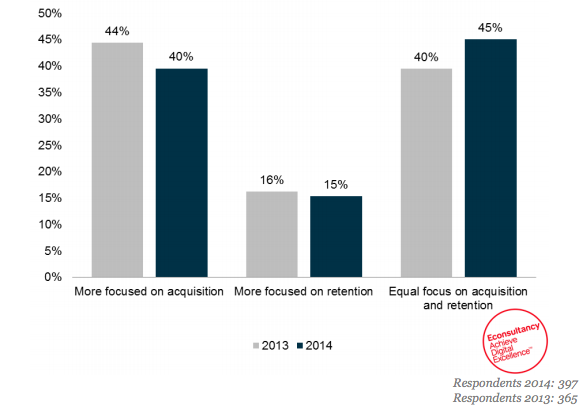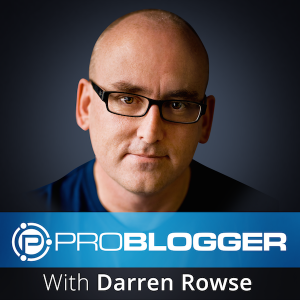In this article I’ll ride into the dusty, obfuscated world of marketing phrases, acronyms and buzzwords and try to make sense of it all in the clearest language possible.
Which means I should probably stop using words like ‘obfuscated’.
Following on from yesterday’s guide to single customer view, let’s take a look at customer lifetime value (CLV).
Customer lifetime value
Quite simply, CLV is the total worth of a customer to a business over the entirety of their relationship.
So for instance, the CLV of my relationship with Amazon since I began using it in the late nineties is… well, I wouldn’t like to say. The same goes for Rough Trade, or Threadless, or any number of cake shops on my way to work.
Figures that are impossible or difficult to work out, not just because of my own personal shame, but also because the data doesn’t necessarily exist. Also who can possibly say when the final total will be tallied up?
When I finally reject all my material possessions and spend the rest of my life wandering around the Alaskan wilderness? Or when… uh… that other thing happens… that I don’t like to think about?
According to our own report ‘Building Loyalty and Driving Revenue in the Digital Age’, executives universally agree that growing CLV is essential to the health of their organisation and a key measurement of success.
Apparently CLV is also a distinct metric from the similar sounding ‘customer loyalty’ because it can be tangibly linked to revenue, rather than just intangibly linked to a warm cosy feeling of promised fidelity.
Which brings me to my next question…
How do you measure CLV?
The old adage that it costs less to retain existing customers than it does to acquire new ones is certainly still true for most marketers.
According to Marketing Metrics, the probability of selling to a new prospective customer is 5%-20% whereas the probability of selling to an existing customer is 60%–70%.
Yet marketers are still more focused on acquisition than retention. According to our own Cross Channel Marketing Report, only 15% of companies surveyed are ‘more focused on retention’.

Also, just 42% of companies are able to even measure customer lifetime value. There are many reasons given by our respondents as to why measurement is a challenge: the heavily segregated nature of teams within their organisation, poor systems, lack of coherent marketing and lack of integration.
Measuring CLV can be boiled down to a simple formula: customer revenue minus the cost to acquire and serve the customer. Again this is a simplified view, and there are many other variables that can come into play based on your sector.
The key thing to remember is that customer segments should be identified by value and targeted in the most effective, cost-efficient way. Measuring the customer’s actual CLV can then be used to forecast predicted CLV.
The following segment I’m going to take directly from our downloadable Customer Lifetime Value Report which has been invaluable in writing this article.
Here we have summarised other approaches to measuring customer lifetime value.
Measuring actual CLV:
- Identify moments where value is created.
- Bring customer records together to create a view of their journey.
- Measure profit at each point.
- Add together over the lifetime.
Measuring predicted CLV:
- Identify moments where value is created.
- What is that value a function of? (Does it vary from customer to segment? If so, identify why.)
- Identify why the customer moved from one moment to the next.
A simple model like this is useful in the case of multiple, frequent purchases of a similar type of product, where data on past purchases data is easily available.
These customer journeys, patterns of behaviour, frequency of visits and engagement figures can then be used to predict future customer lifetime value.
Benefits of CLV
If you can’t measure CLV, you can’t see the benefits of it, and therefore you won’t build it into your business strategy.
Having a clear idea of CLV will help provide meaningful insights into how you can plan future marketing campaigns and improve future customer interactions.
It can help you decide how much your company should invest in retaining existing customers and how you should divide budget between retention and acquisition.
Ultimately CLV can give you a strong indication of your company’s health in the long-term. Is your current acquisition and retention strategy built for making quick wins in the short term or is it helping achieve sustainable growth?
Further reading for beginners…
During my first year at Econsultancy I’ve been making a point of writing beginner’s guides to any new terms or phrases I find particularly baffling, or that I might suspect other people may find baffling too.
The following related articles should help clear up a few things:























No Comments